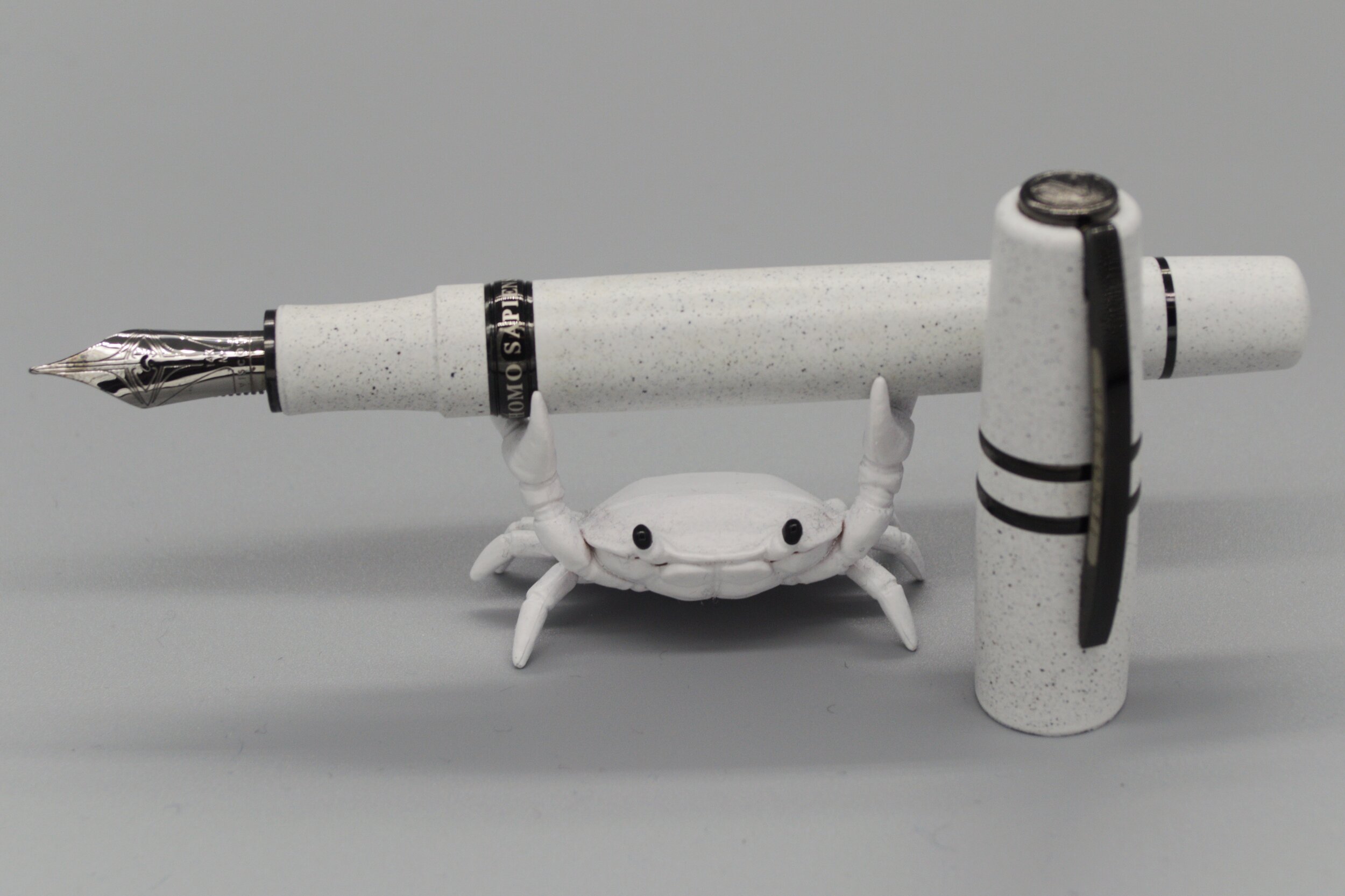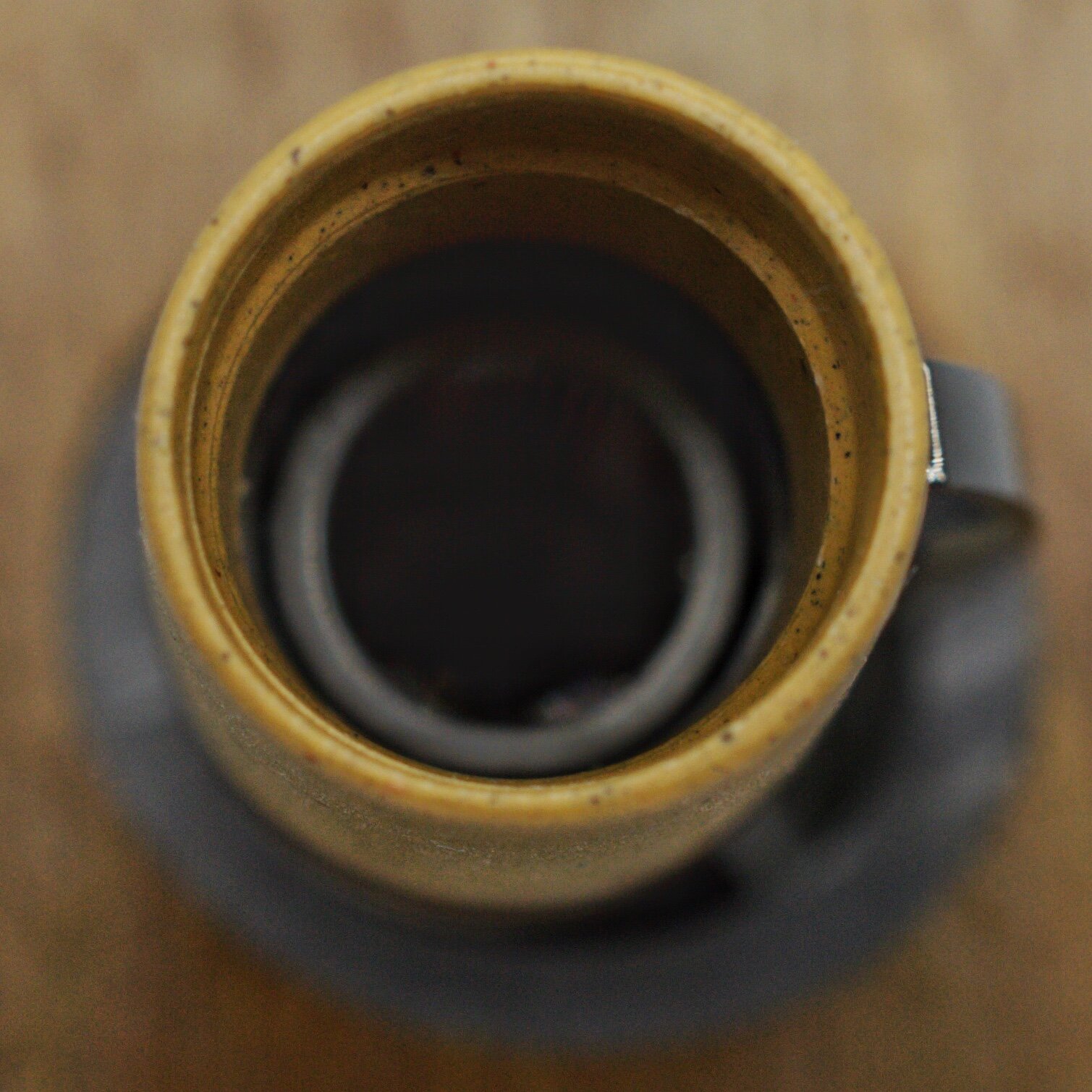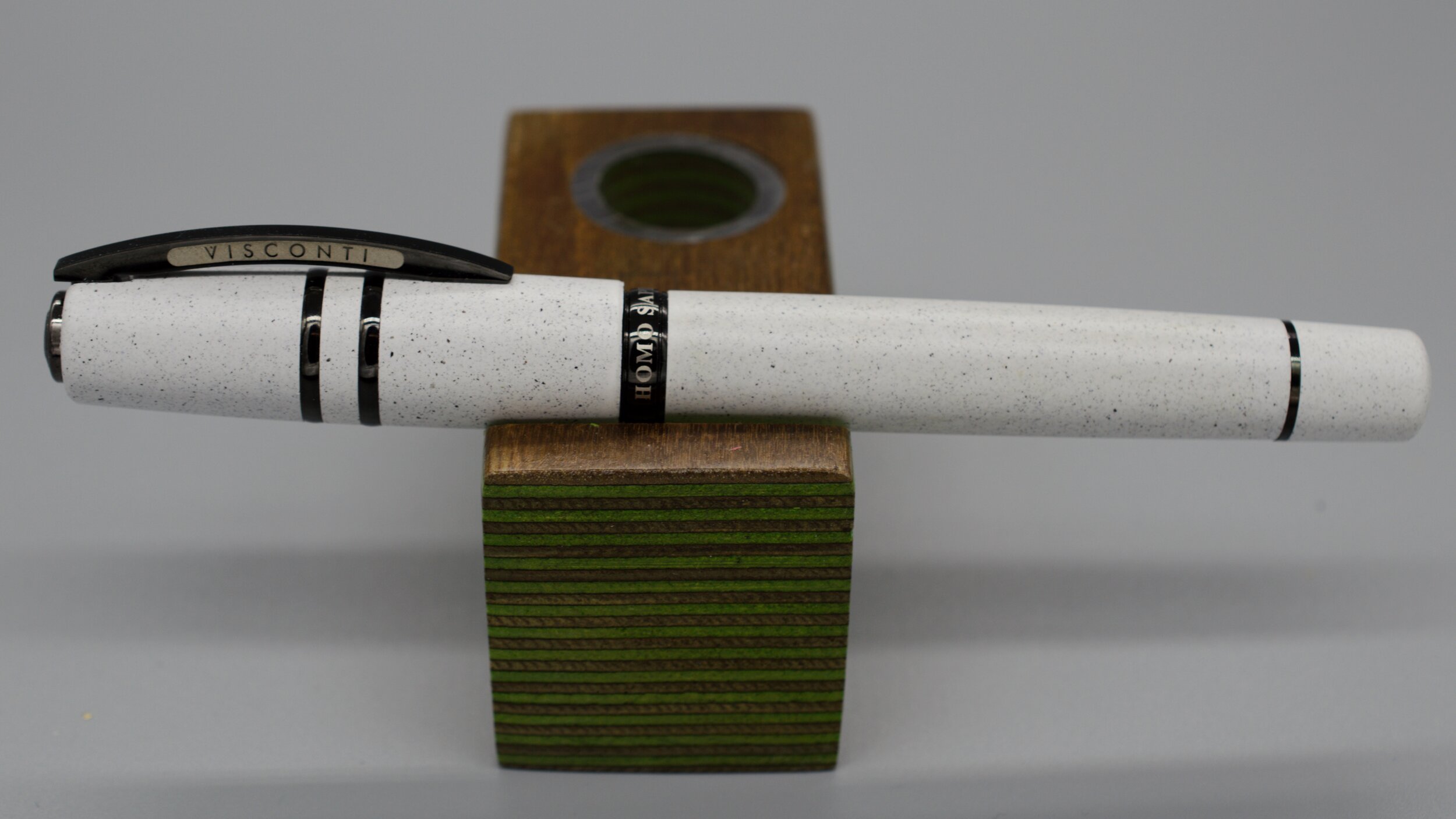Forces of Nature: a Look at the Visconti Homo Sapiens Lava Colors Collection
When I first took the leap into fountain pens in 2017, one pen seemed to be on every “grail” list. The Visconti Homo Sapiens had been on the market already for the better part of a decade at that point, having time to release various iterations and mature as a product line. There were maxi and midi sizes. There was bronze trim and steel trim and dark trim, etc. There were even various special edition models if you didn’t find the regular models special enough. With a striking oversized look, and a matte finish owed to the volcanic rock mixed in to its resin (specifically from Mt. Etna!), it’s a pen that has always stayed on my radar.
While there have been special edition pens on a variety of different colored materials over the years, if you wanted the signature volcanic resin finish you were limited to a black pen with a few different trim options. That changed last year, however, with the introduction of the Visconti Homo Sapiens Lava Colors line up, which features three pen models in three different colors, all made with volcanic resin. The names appear to vary by region, but here in the US, (where Visconti is distributed by Cole’s of London,who generously lent me these pens for review) there is the golden tan “Sandstorm”, the speckled white “Blizzard”, and the brick red “Inferno”. The color choices here may not be quite turquoise or magenta, but it’s still a striking departure for a pen that spent the prior ten years offering the choice of “which black version do you want?” This must be how it felt when Ford introduced new colors of the Model T in 1926!
In addition to the big color options change with this new addition, Visconti also took the opportunity to revise the capping mechanism of the pen. Gone is the “hook safe” bayonets mechanism that has held on Homo Sapiens caps for ten years, replaced by internal magnets hidden in the cap and section. While the hook safe mechanism was very interesting, it involved small protrusions around the base of the section and if those were to wear away over time then the cap wouldn’t stay on the pen any longer. Additionally, as my friend Eric pointed out in his review, the removal of these protrusions makes for a cleaner grip section giving the user a little more space to hold their pen. The big concern with magnetic caps, of course, is that they are often not well sealed and risk having your pen dry out, but after two weeks of having an inked pen on my desk, sometimes goes days without using it, I’ve had no issues with the pen drying out due to magnets.
The rollerball version of the Homo Sapiens features a little touch that I always find particularly classy in high-end rollerballs. Rather than unscrewing the nose cone to replace the refill, in this case a universal 888 ceramic refill, you unscrew the back of the barrel, as though you were unscrewing a blind cap, and the refill slides out from there. The rear piece of the barrel has a spring loaded in to it that the refill pushes against, so there is no loose spring to worry about when swapping refills, just toss your spent refill, slide in a new one, and screw the end back on. While I personally would prefer to get a fountain pen if I were shopping in this price bracket, I actually found myself quite impressed with the rollerball, and I think that for a person who maybe doesn’t want to deal with the mess of fountain pens, but who has a particular budget and wants to write with something very nice, the Homo Sapiens rollerball would be an excellent choice.
Of course, the fountain pen really has always been the main attraction in the line-up for me. The pen features the debut of Visconti’s in-house 14k gold nib, played in ruthenium to match the black trim that comes on all three color options. The filling system is the single reservoir version of Visconti’s patented power filler mechanism, which essentially works like a vacuum-filler without a shut-off valve. For an opaque barrel such as this, I think I prefer the simplicity of the single reservoir. I do love shut off valves, and Visconti’s dual reservoir version of the mechanism is impressive, but without any window in to see your ink level, I think those additions would be overkill on this pen, requiring too much guess and check rather than adding convenience. Maybe if we see a Visconti Homo Sapiens Lava Color Skylight Edition (that’s a mouthful) in the future, that would be a better candidate for the dual reservoir filler.
Coming down from the fountain pen to the ballpoint, I’ll admit I feel like a snob. There is nothing wrong with this ballpoint model; it is perfectly cromulent. It uses a universal Parker style refill, and has a nice smooth twist retraction mechanism. It gives you an option to carry Visconti’s volcanic resin with you in a pen that isn’t so big or so expensive, as the retail cost of the ballpoint is almost half that of the fountain pen. And it still has a very nice heft to it, the pen feels like it has all the same premium materials as the larger models in the line up. I guess there’s an argument to be made over whether the ballpoint is “more authentic” to its own design, as it is designed to suit its function as a ballpoint, whereas the rollerball is design to mimic the form of the fountain pen, right down to the “blind cap” refill replacement that I do so love. When all of the pens are sitting on a desk next to each other you immediately know which is the ballpoint, but you have to take off the caps to differentiate between the fountain pen and rollerball. Ultimately, for me personally, I just like capping and uncapping pens, so if I had to pit the two against each other I’d prefer the rollerball, but I can absolutely see why some one else might find the ballpoint their go-to choice if they wanted to purchase a standard pen from this line up.
I’ve enjoyed writing with these pens, and I do find these color choices to be visually striking. While I joked about wild color choices above, I really do think it was smart of Visconti to stick with a color palette that is more reflective of natural phenomena. The matte finish is a pleasure to hold, giving a tactile feeling without being rough, and as my friend Vanessa pointed out in her review, the material warms to your had as you hold it. The finish is also treated to prevent ink staining, a particular concern especially with the white model, and I was very impressed with this in practice. I found that ink rubbed right off the section with just a bit of water and friction, either from a paper towel or even just my fingers. For a pen with a built in filling mechanism it is really important to be able to submerge the section in ink, at least partially, so I was glad to see Visconti pull that off. As my friend Adam pointed out in his review, these pens have a nice “medium weight” in the hand, more substantial than an acrylic or celluloid pen, but not as overbearing as a solid metal pen.
Price wise, the Lava Colors come to market at an MSRP of $795, just slightly above the standard Visconti Homo Sapiens models’ MSRP of $775. When dealing with prices of this scope, $20 more for an updated nib and capping mechanism as well as your choice of colors with an anti-staining finish feels reasonable to me. Compare this to Lamy’s recent release of the Bauhaus Blue Lamy 2000, where after years of fans clamoring for any color other than black, Lamy finally released a navy blue version of their flagship pen, only it was in limited quantities and they charged more than double the standard MSRP for it. I’m very happy to see Visconti choosing to expand their standard offerings with these new colors, rather than treating them as a limited edition
Thank you to Coles of London, Visconti’s US distributor, for lending me these pens for review















